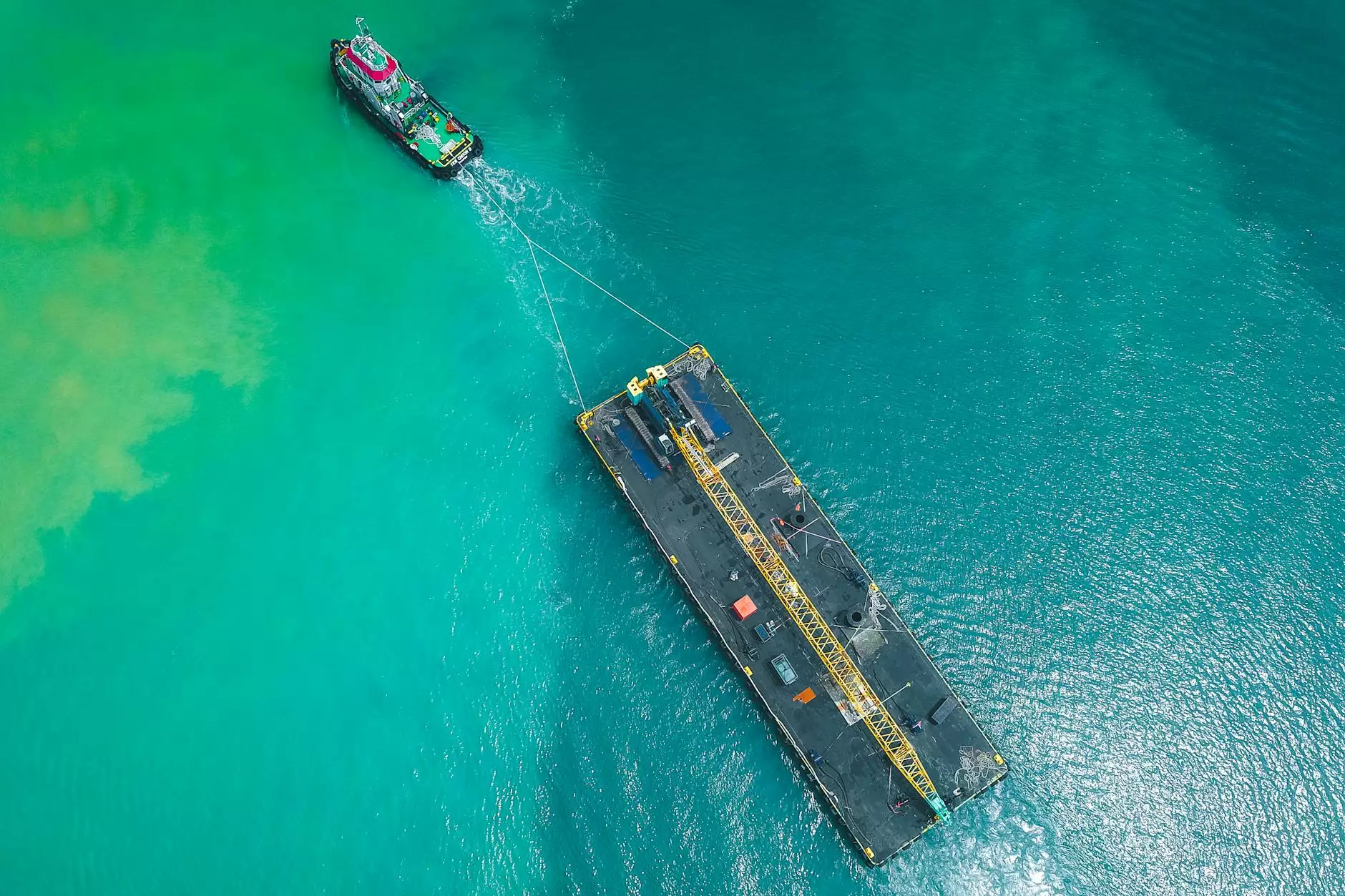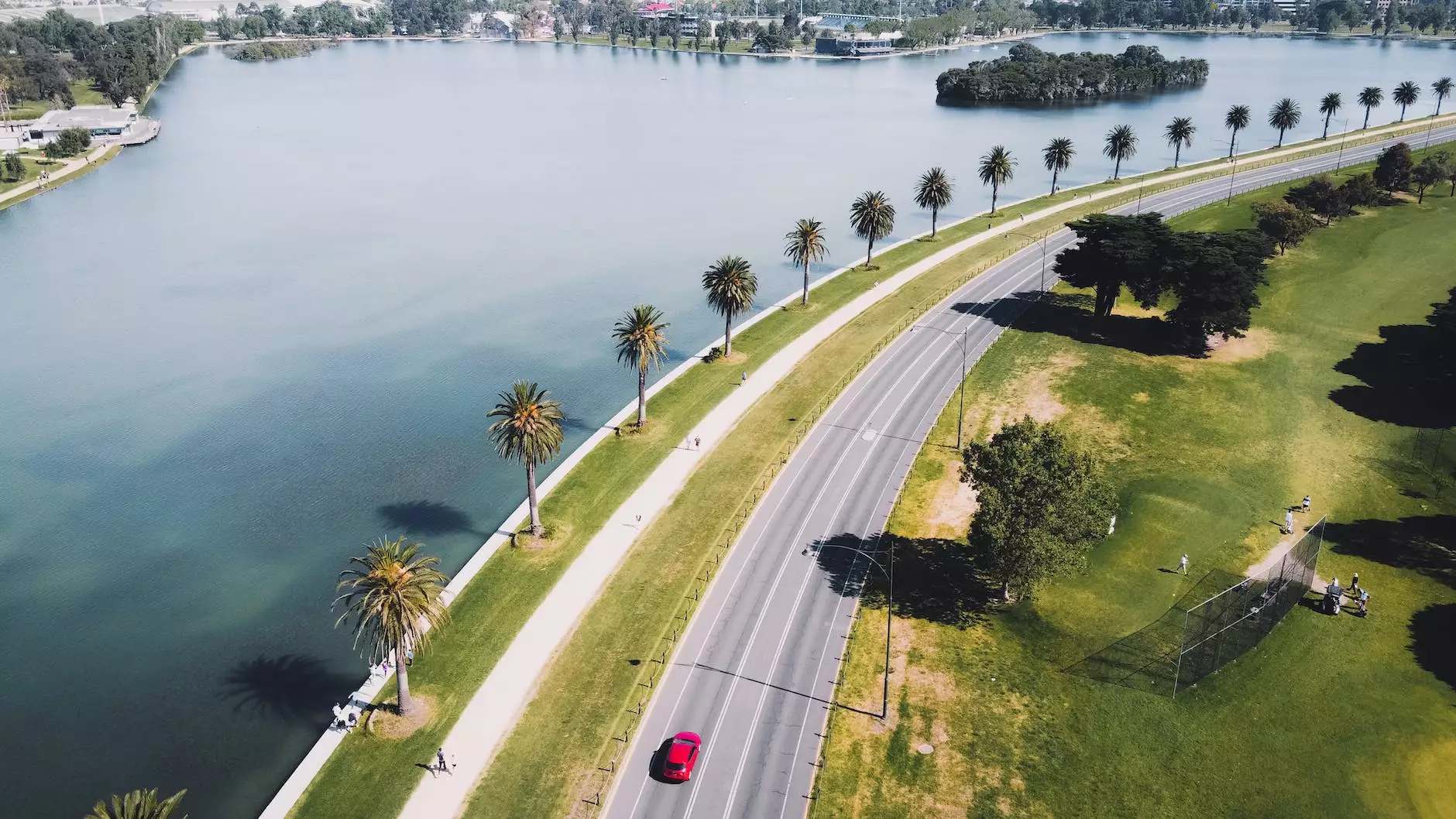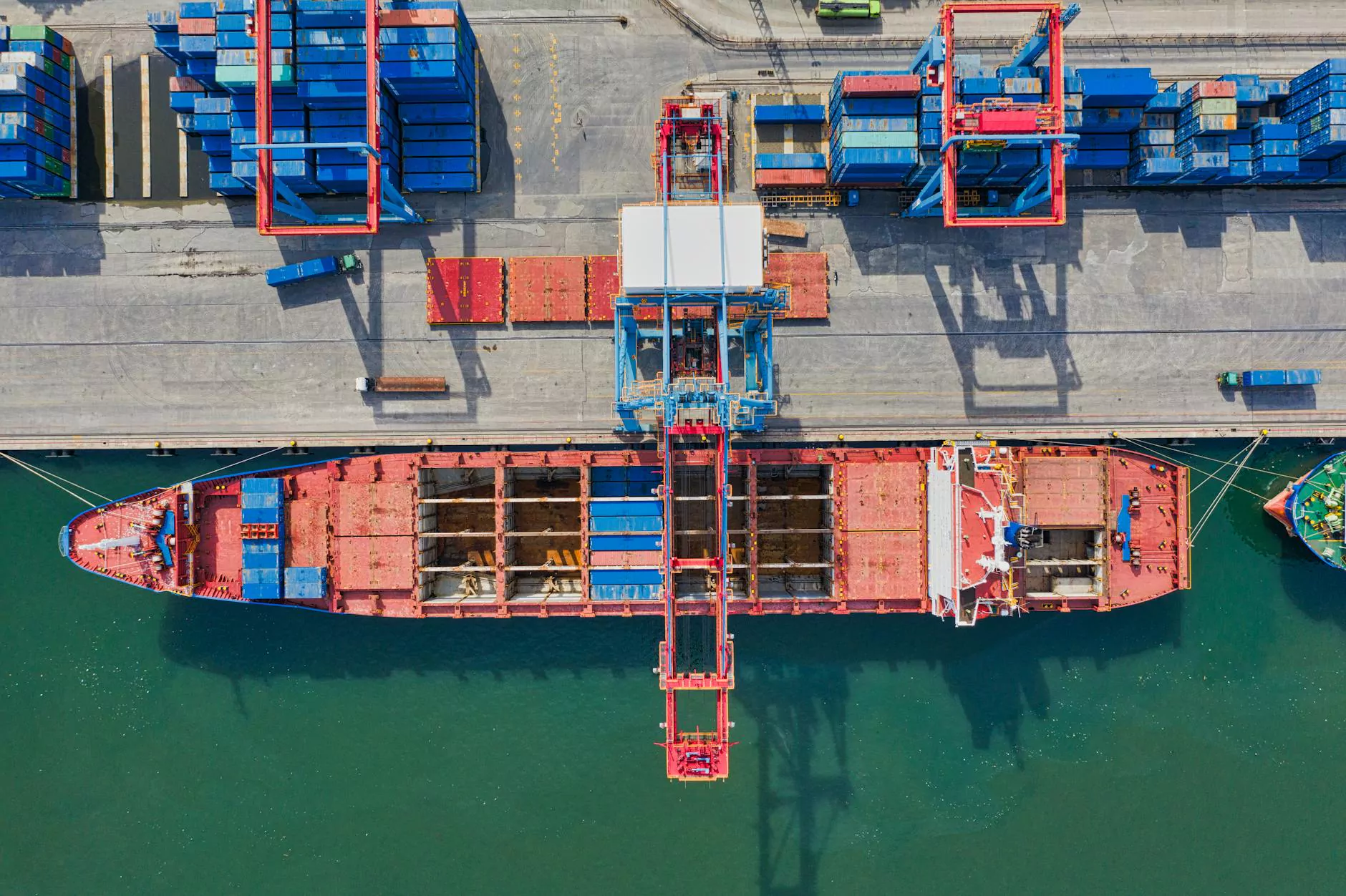How Do Boats Carry So Much Weight?

Welcome to STS Towing, your go-to resource for all things related to boats and towing. In this article, we will delve into the fascinating world of boat weight distribution and the mechanisms that allow boats to carry heavy loads while maintaining stability and buoyancy.
Understanding Boat Weight Distribution
When it comes to carrying heavy loads, boats employ several techniques to distribute weight evenly and ensure optimal performance. One of the key factors is the placement of the center of gravity, which needs to be properly positioned to maintain stability. Boats typically have a low center of gravity, achieved by placing heavy components, such as engines and fuel tanks, closer to the bottom.
Ballast Systems and Weight Placement
Many boats also incorporate ballast systems to adjust weight distribution. These systems utilize tanks or compartments that can be filled or emptied with water or other heavy materials to modify the boat's center of gravity. By adjusting the ballast, boat owners can ensure their vessel remains balanced even when carrying varying loads.
Load-Bearing Structures
Boats are designed with sturdy load-bearing structures, such as bulkheads and frames, to support heavy cargo. These structures distribute the weight across the boat's hull, preventing concentrated loads that could compromise stability. Engineers carefully consider the strength and structural integrity when designing these components.
Buoyancy and Displacement
Another crucial aspect of carrying heavy loads is understanding buoyancy and displacement. Buoyancy is the upward force exerted on an object submerged in a fluid, such as water. To understand how boats carry weight, we need to comprehend the principle of displacement. When a boat floats, it displaces an amount of water equal to its weight.
Archimedes' Principle and Hull Design
Archimedes' Principle states that an object immersed in a fluid experiences an upward buoyant force equal to the weight of the displaced fluid. In the case of boats, the hull is designed to displace enough water to support its weight and the additional weight of cargo or passengers. Boat designers carefully calculate the required displacement to maintain stability even under heavy loads.
Maximizing Buoyancy
To maximize buoyancy and optimize weight-carrying capacity, boats are built with hull shapes that enhance buoyant capabilities. Flat-bottomed hulls and pontoon boats, for example, provide greater buoyancy due to their larger water displacement. Vessels with V-shaped hulls are more suitable for high-speed performance as they cut through the water with reduced resistance.
Implications for Boating and Towing
Understanding how boats carry weight has significant implications for boating enthusiasts and towing services like STS Towing. Proper weight distribution and knowledge of a boat's load-carrying capacity are essential to prevent accidents, maintain stability, and optimize performance. It is important to always follow the manufacturer's guidelines and seek professional advice when loading your vessel.
Boat Towing and Weight Considerations
For boat owners requiring towing services, STS Towing is here to assist you. Our experienced team understands the intricacies of boat weight distribution and the importance of safe towing practices. Whether you need assistance with a boat in distress or are looking to transport a heavy load, our reliable towing services ensure your vessel's safety and protection.
Conclusion
The ability of boats to carry heavy loads while maintaining stability and buoyancy is a result of meticulous engineering and thoughtful design. Proper weight distribution, ballast systems, load-bearing structures, and understanding principles like buoyancy and displacement all contribute to a safe and successful boating experience. At STS Towing, we prioritize your safety and aim to provide you with valuable insights into the world of boating and towing.










